350 kilometers north of Mombasa, on the idyllic Lamu island, sits Lamu Old Town. Here, time seems to have stood still. This small ancient town is an enchanting vision of old doors that guard the secrets of old times. Unlike other Swahili settlements, which were abandoned along the East African coast, Lamu has continuously been inhabited for over 700 years.
A UNESCO World Heritage Site, Lamu Old Town is a living testament to centuries of cross-cultural exchange.
While many have heard of Lamu, there are some little-known facts that add a touch of mystery and intrigue to this charming coastal town. Join us as we explore these unique qualities that make Lamu Old Town so fascinating and the reasons why you should visit.
No Motor Vehicles: A Glimpse into Ancient Africa
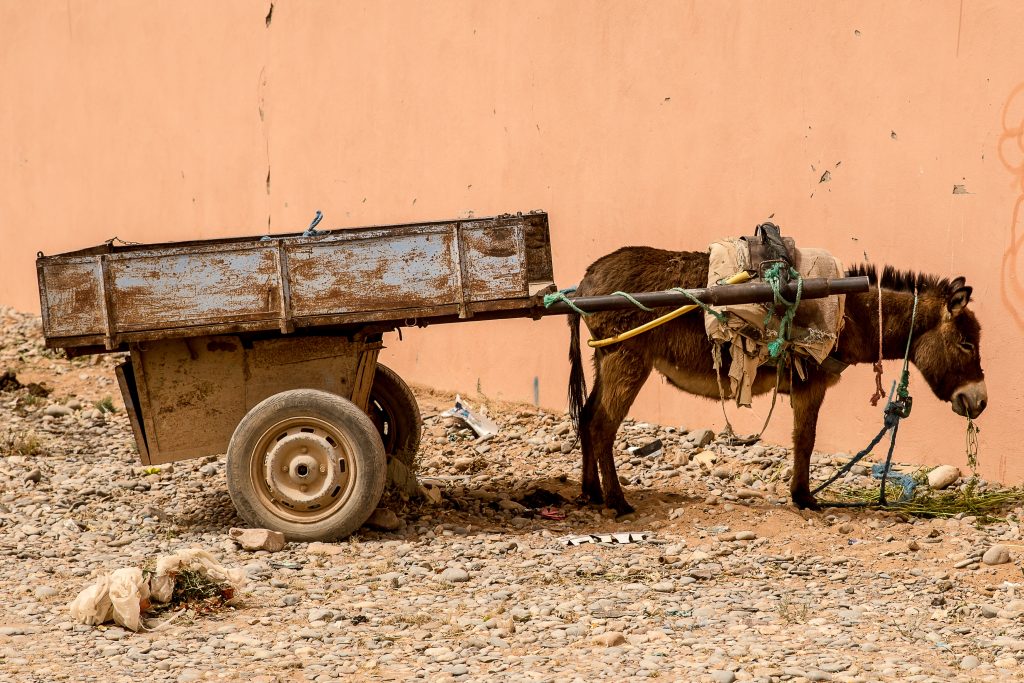
One of the most charming aspects of Lamu Old Town is the fact that it is entirely car-free. The town’s narrow streets are designed for pedestrians, donkeys, and carts which create a peaceful and unique atmosphere. With a history that dates back to the 14th century, Lamu Old Town is one of East Africa’s oldest and best-preserved Swahili settlements.
As you wander through its narrow, winding streets, you will be transported back in time to an era when donkeys and carts were the primary modes of transportation. An immersive trip of nostalgia.
The Enigmatic Architecture
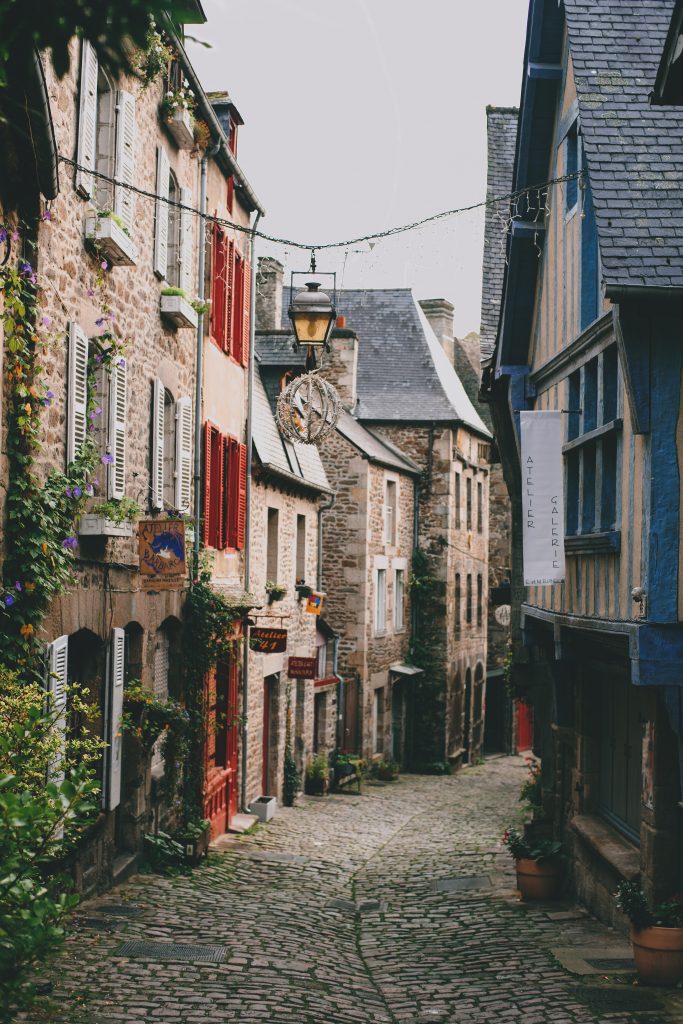
Over the centuries, Lamu has served as a hub for trade and cultural exchange between Africa, Arabia, India, and Europe. This ongoing fusion of cultures has left an indelible mark on the town’s identity and character as demonstrated through its architecture.
The buildings in this town are constructed using coral stone and mangrove timber, with wooden doors and balconies. But what truly sets them apart is the fusion of styles between Swahili, Arabic, Persian, Indian, and European influences that come to light in the colorful buildings and wooden doors found here.
Cultural Festivals
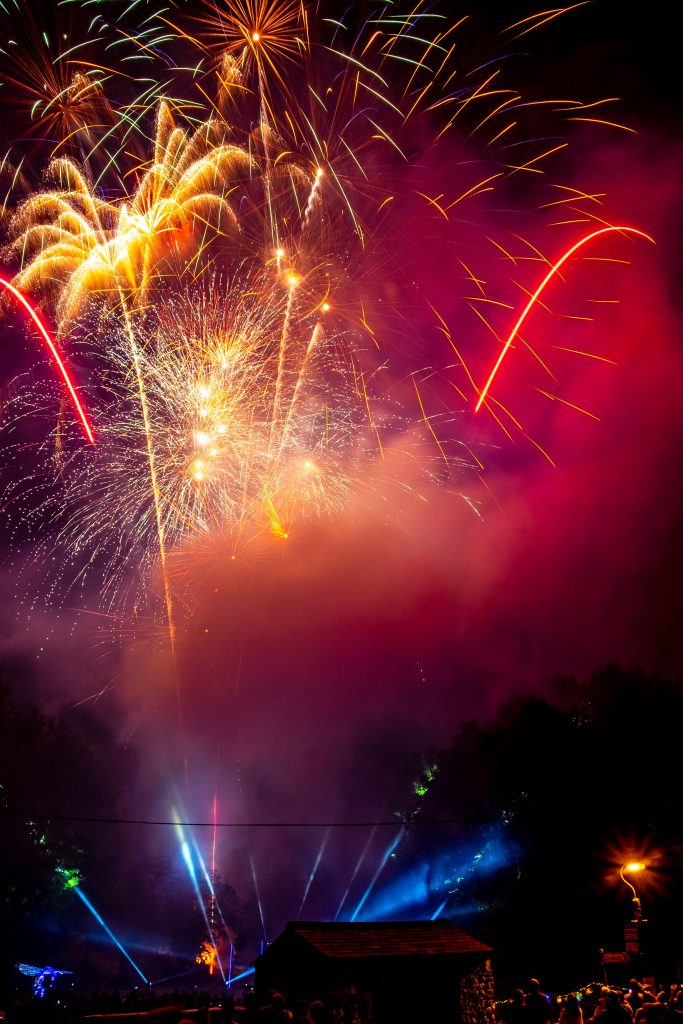
Lamu comes alive during its cultural festivals. The two most celebrated festivals include the Lamu Cultural Festival and the Maulidi Festival (Prophet Mohamed’s birthday). These events showcase traditional dances, dhow races, and melodious Swahili music. They give visitors an opportunity to immerse themselves in the vibrant Swahili culture of the locals.
The Flavors of Swahili Cuisine
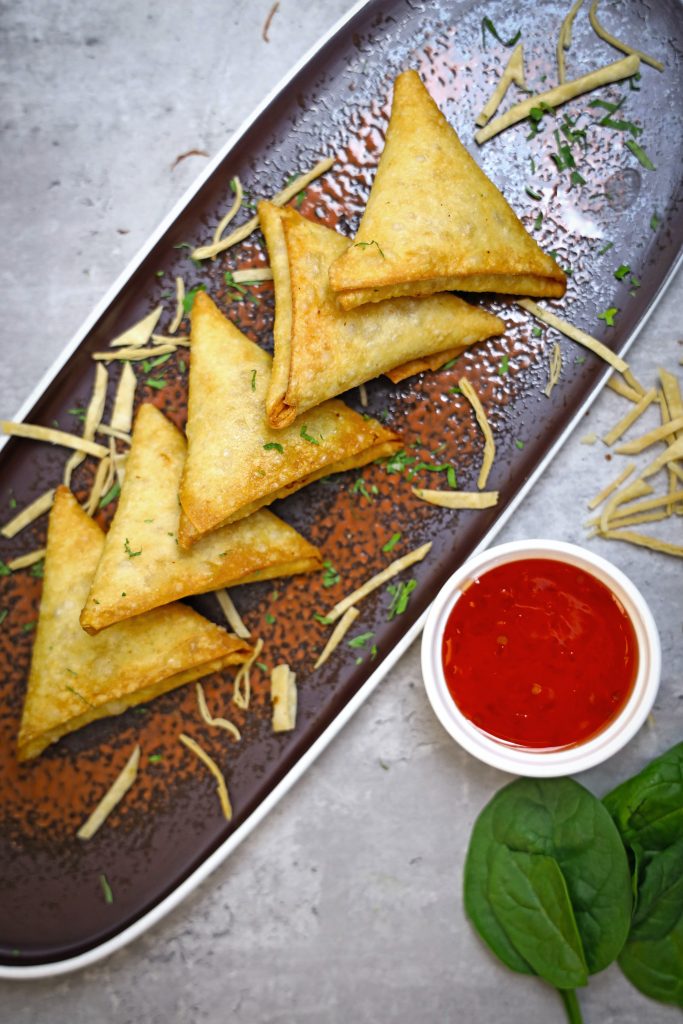
No visit to Lamu would be complete without savoring Swahili delicacies. From the aromatic pilau (spiced rice), delicious samosas, and an array of seafood dishes, Lamu is a culinary haven. The town’s cuisine is a delightful fusion of influences from Arabic, Indian, and African cuisines. These spicy aromatic dishes serve as evidence of the cultural influences from all the people who have called Lamu home over the years.
The Silent Minarets
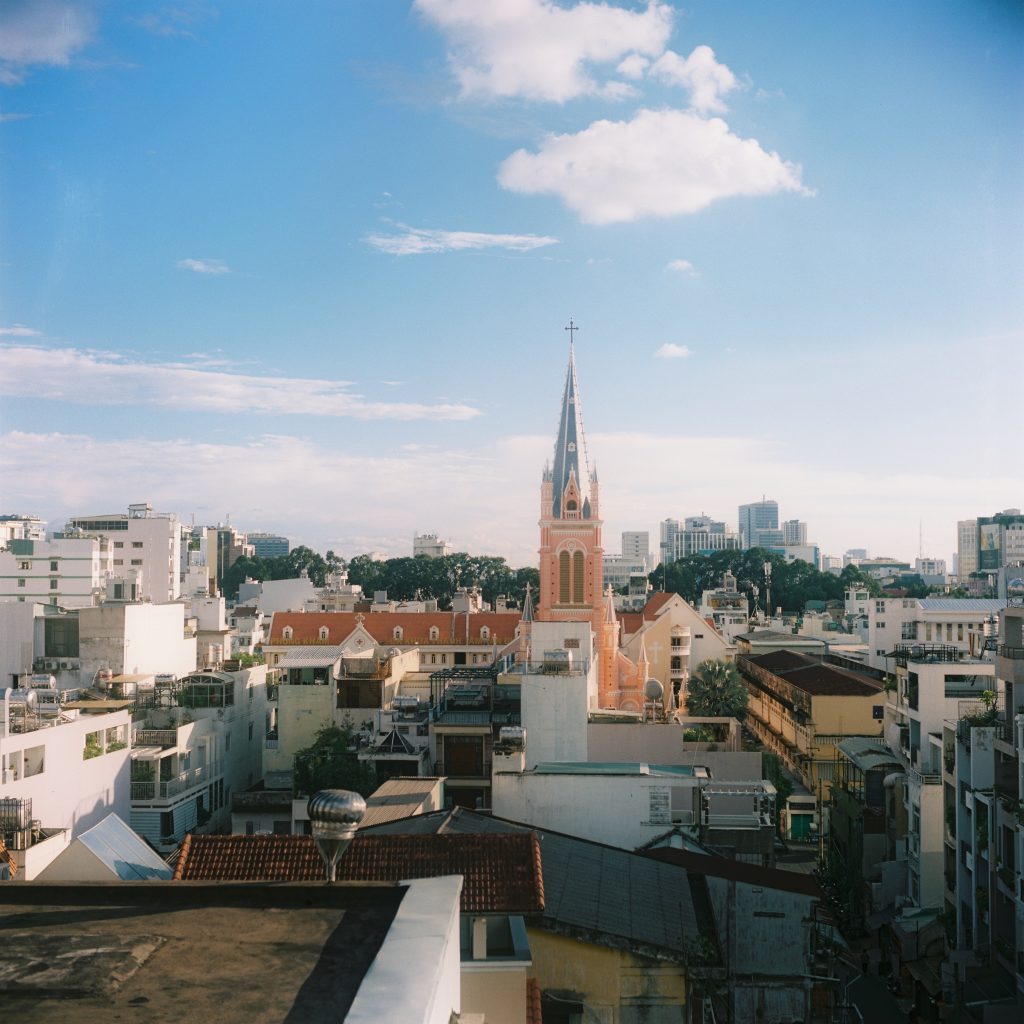
Lamu’s mosques have a unique feature – silent minarets. Unlike the traditional spiral staircases, these minarets are designed differently, possibly to minimize the call to prayer’s disturbance to the neighbors.
It’s a testament to the town’s architectural ingenuity while continuing to be a significant center for education in Islamic and Swahili cultures.
Conclusion
There is really so much to see and experience on this ancient island. Here at Kendirita, we celebrate Lamu Old Town for the unique power it has in transporting our guests to a time long gone. We relish the preservation of multicultural histories and all the olden secrets held here. We await your call and simply cannot wait to take you to Lamu!
Writer: Winnie Wekesa